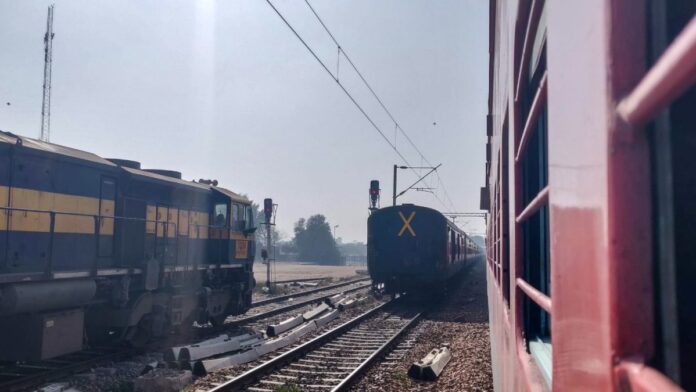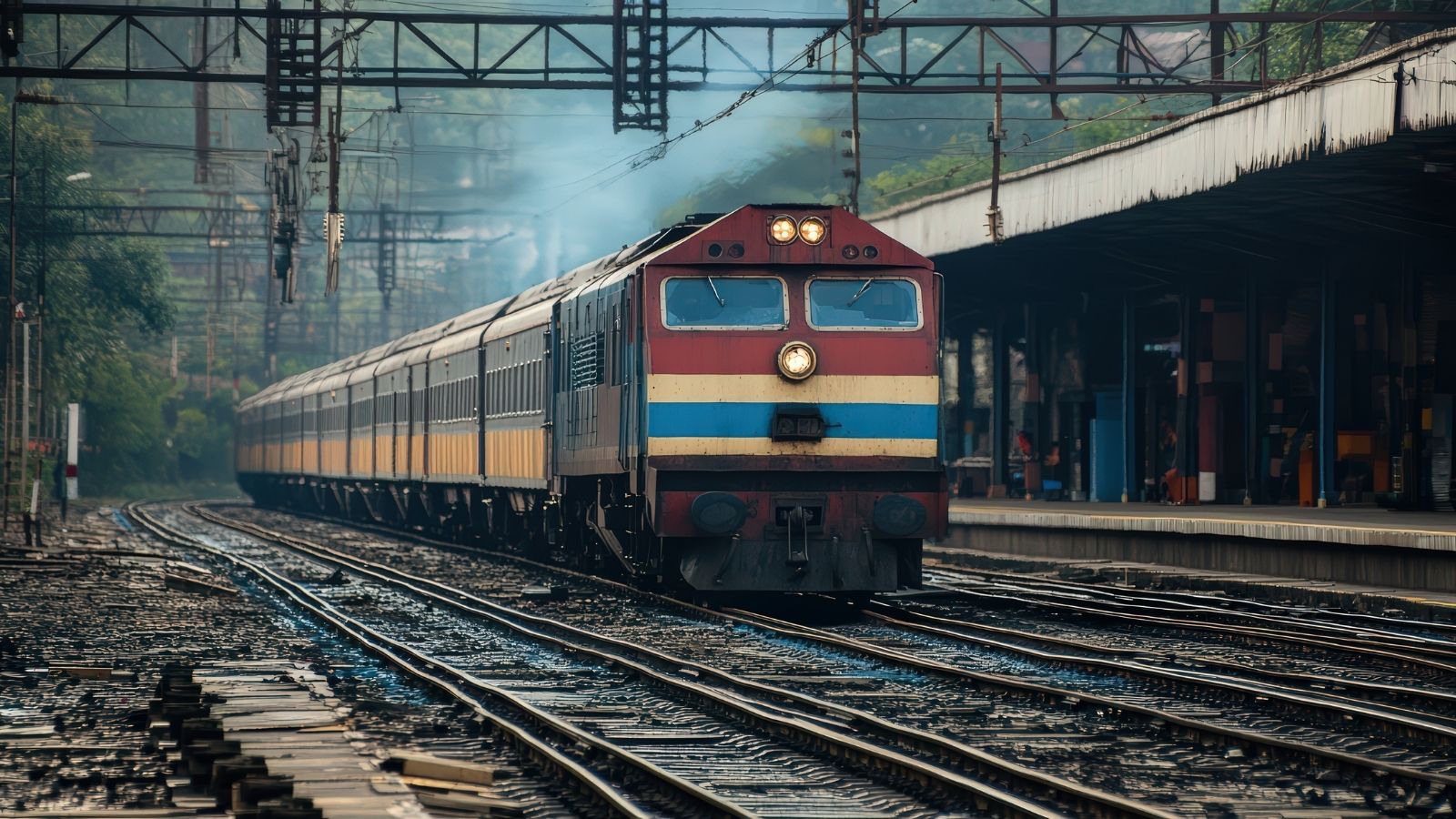
India’s railway system is one of the largest and busiest in the world, connecting cities, towns, and villages across vast distances. With millions relying on trains daily, the Indian Railways has developed a range of safety protocols and visual markers to ensure smooth operations. (Image: Canva)
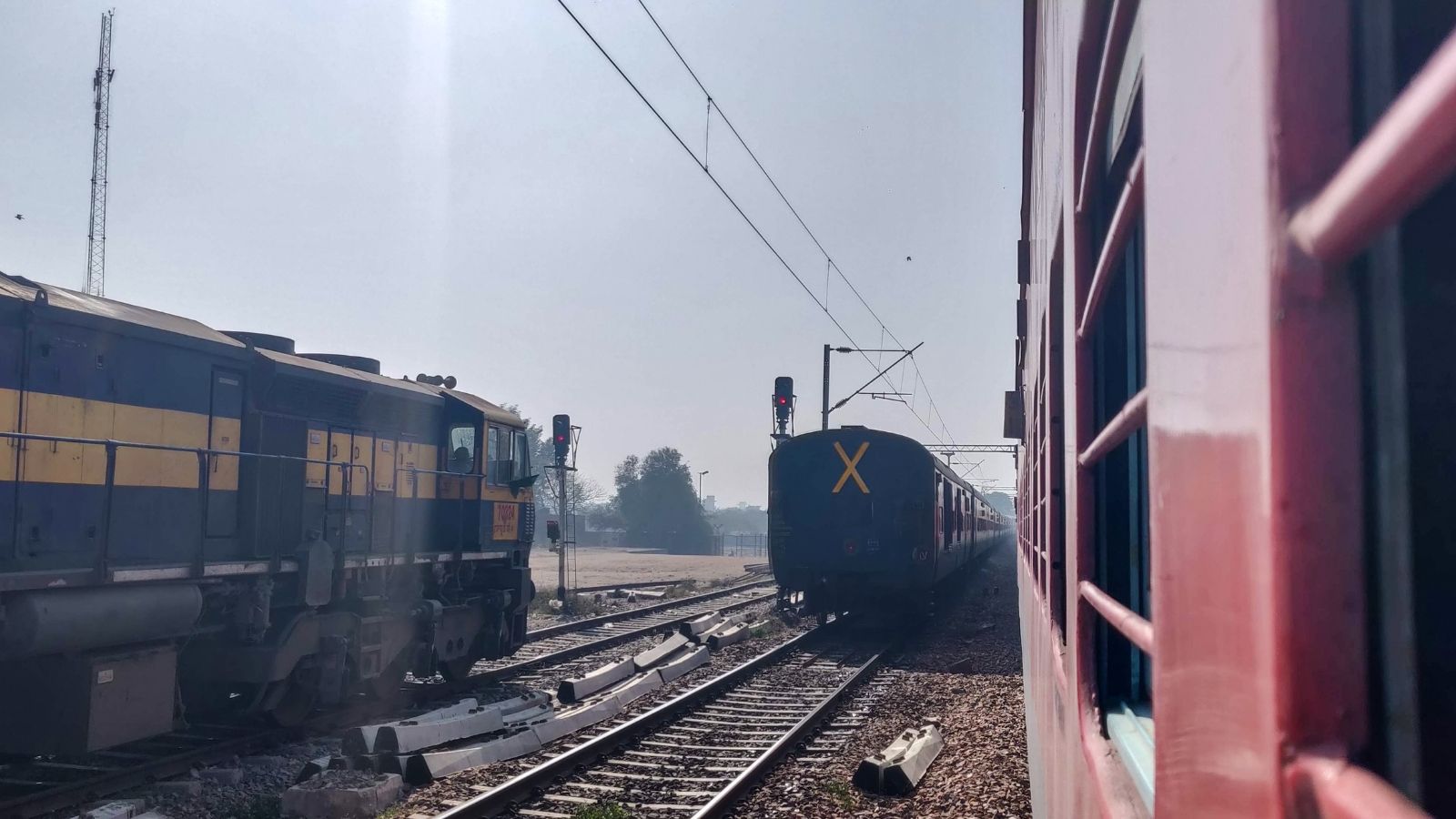
One such intriguing symbol is the bold white “X” painted on the last coach of every train. While it might seem like a random design, this mark plays a vital role in railway safety. (Image: Canva)
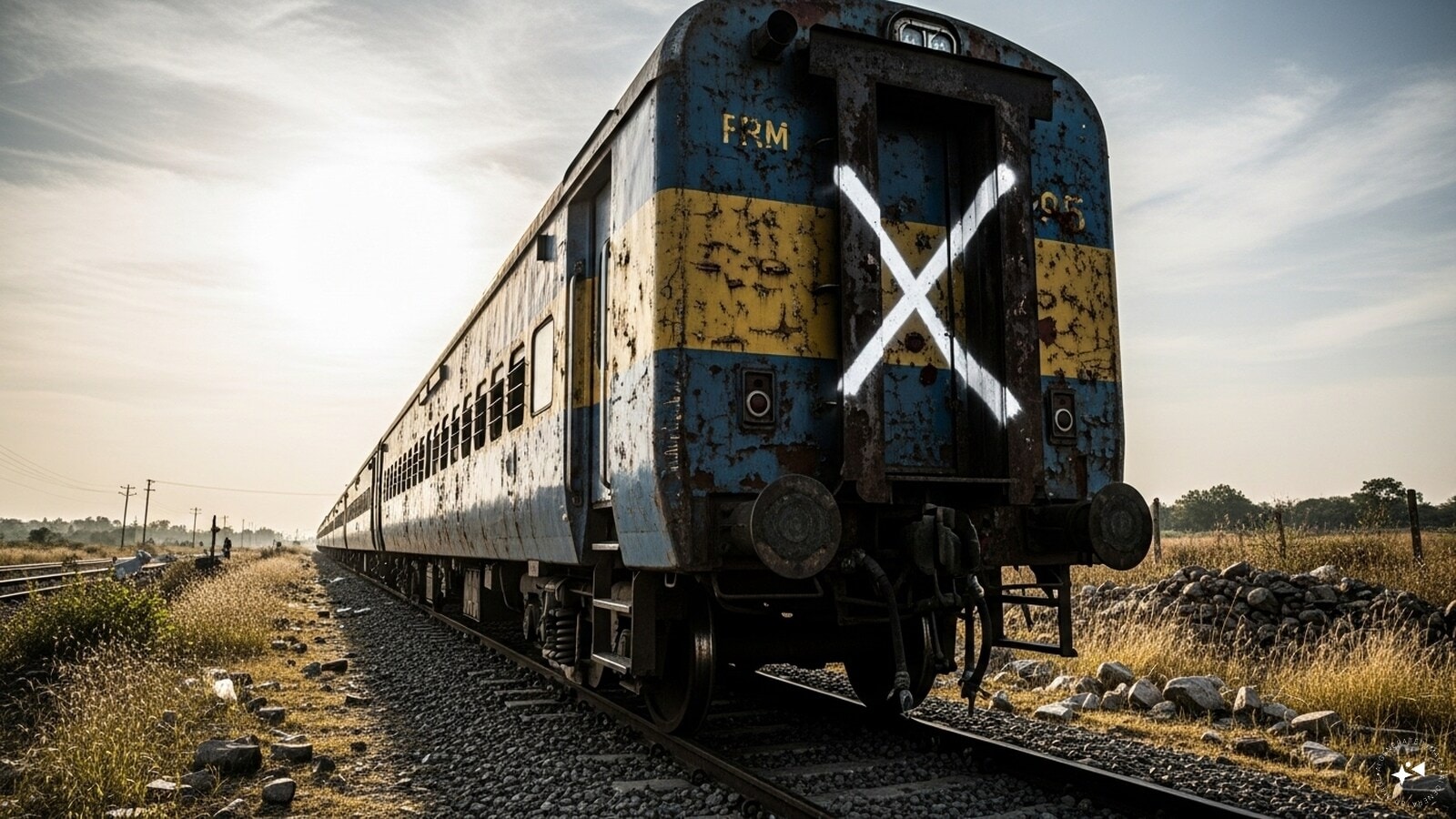
The “X” isn’t just for decoration, it’s a critical safety indicator. Here’s why it matters. (Image: AI-Generated)
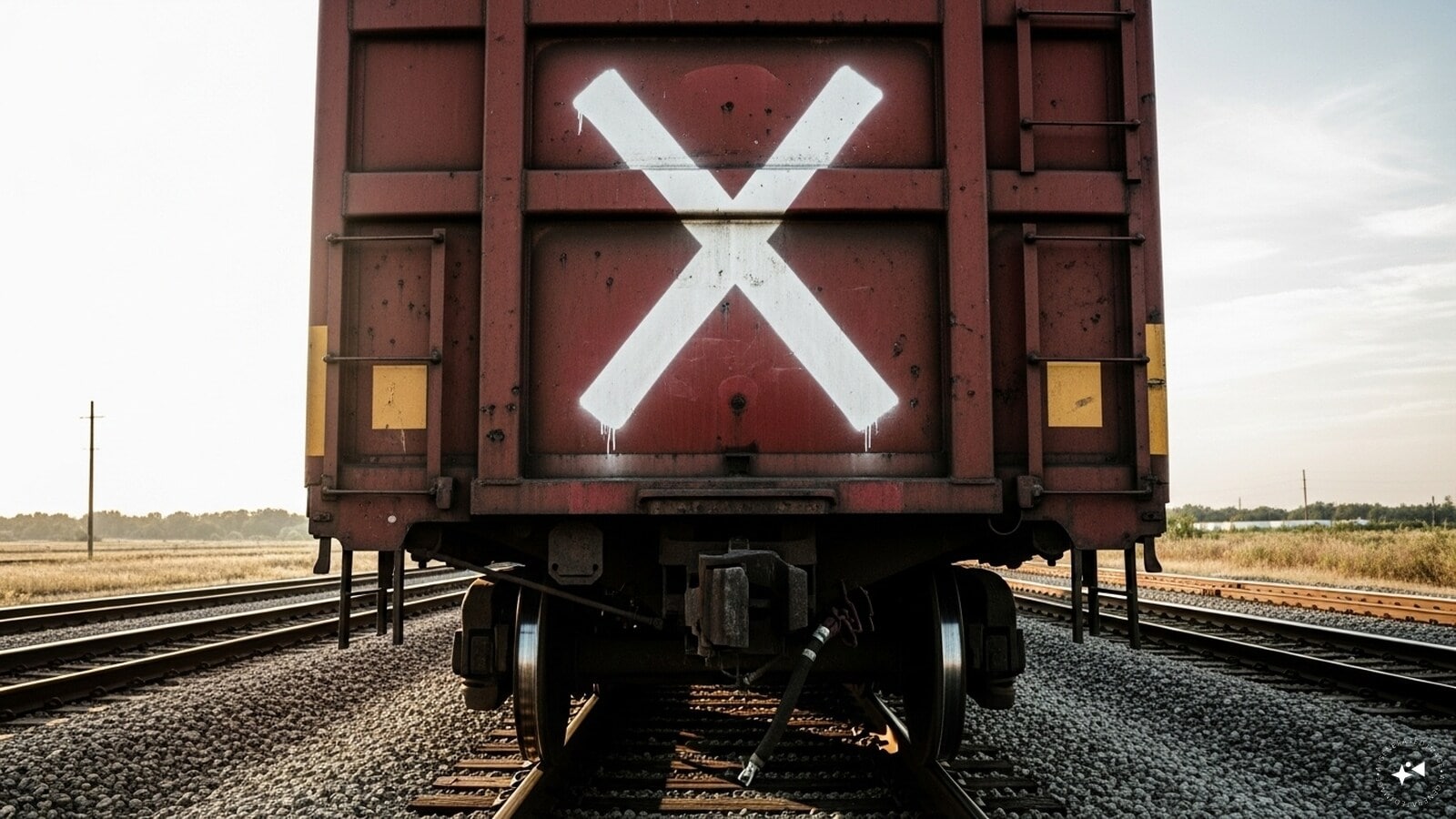
Ensures the Train Has Fully Passed: The main reason for the “X” is to confirm that the entire train has passed through a station or signal point. Railway staff use it as a visual cue to verify that no coach has been accidentally left behind. This is especially important during nighttime operations or in low-visibility conditions, where electronic signals alone may not suffice. (Image: AI-Generated)
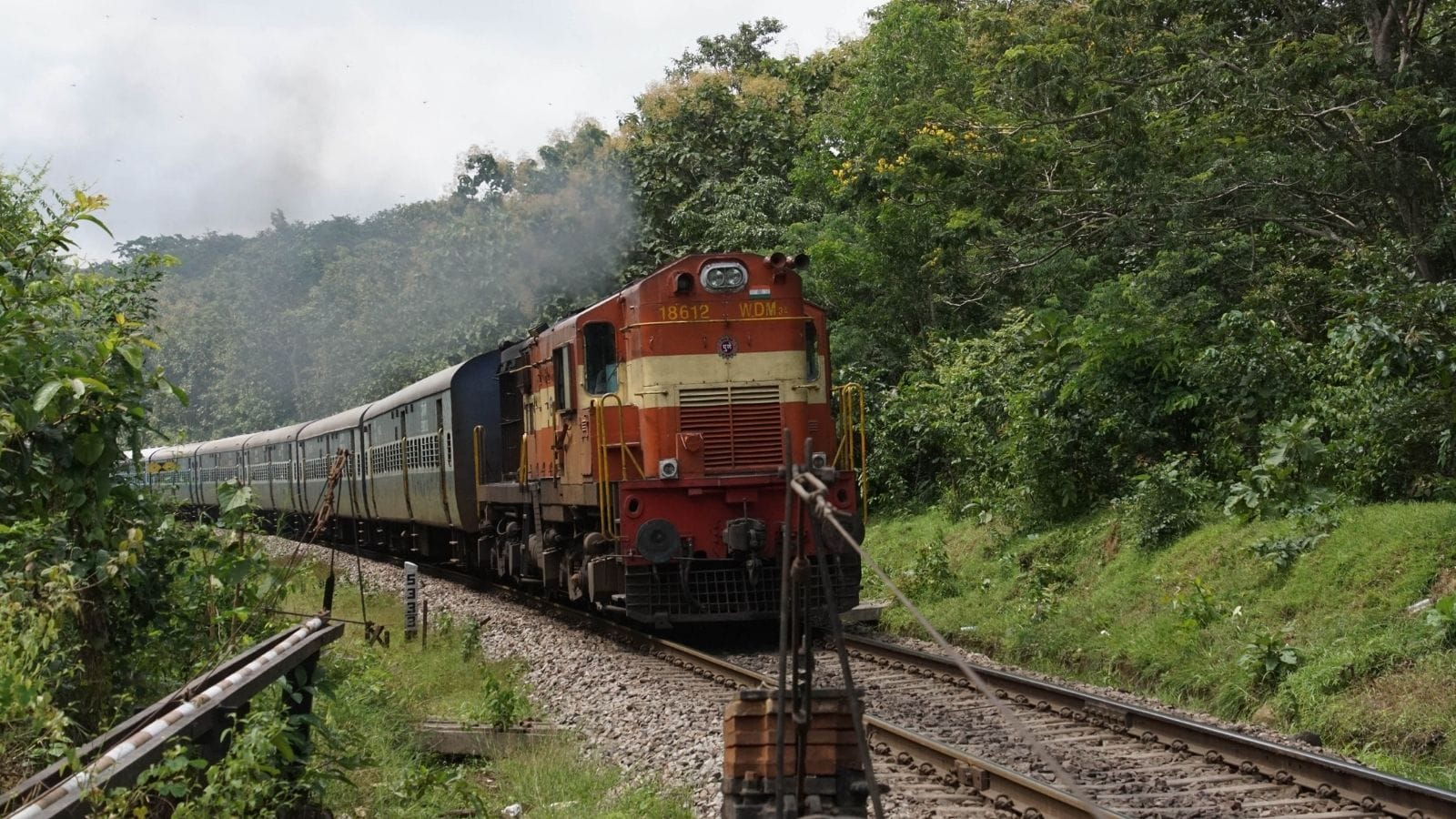
Acts as an Emergency Alert: If a coach detaches mid-journey, the absence of the “X” on the last visible coach immediately signals a problem. Railway personnel can quickly respond, preventing accidents and ensuring passenger safety. (Image: Canva)
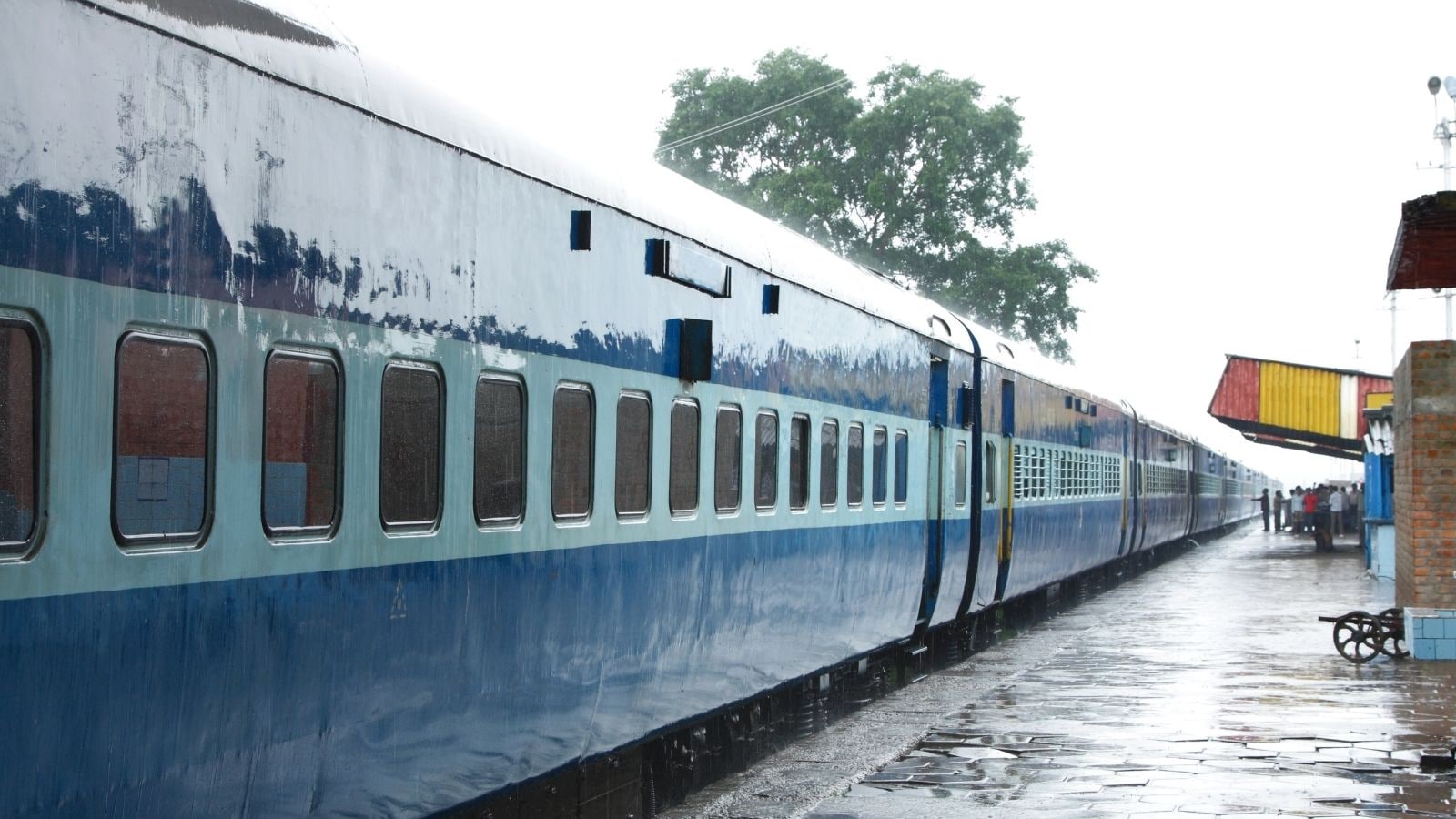
More Than Just an “X”: More Than Just an “X”: The “X” is part of a trio of safety markers:
– LV Board (Last Vehicle): Displayed during the day to indicate the final coach.
– Blinking Red Tail Lamp: Used at night to ensure visibility when the “X” might be hard to spot.
– Reflective Paint: The “X” is often painted with radium or reflective material to enhance visibility in darkness or fog.
Together, these elements help railway staff confirm that the train has passed in full and without incident. (Image: Canva)
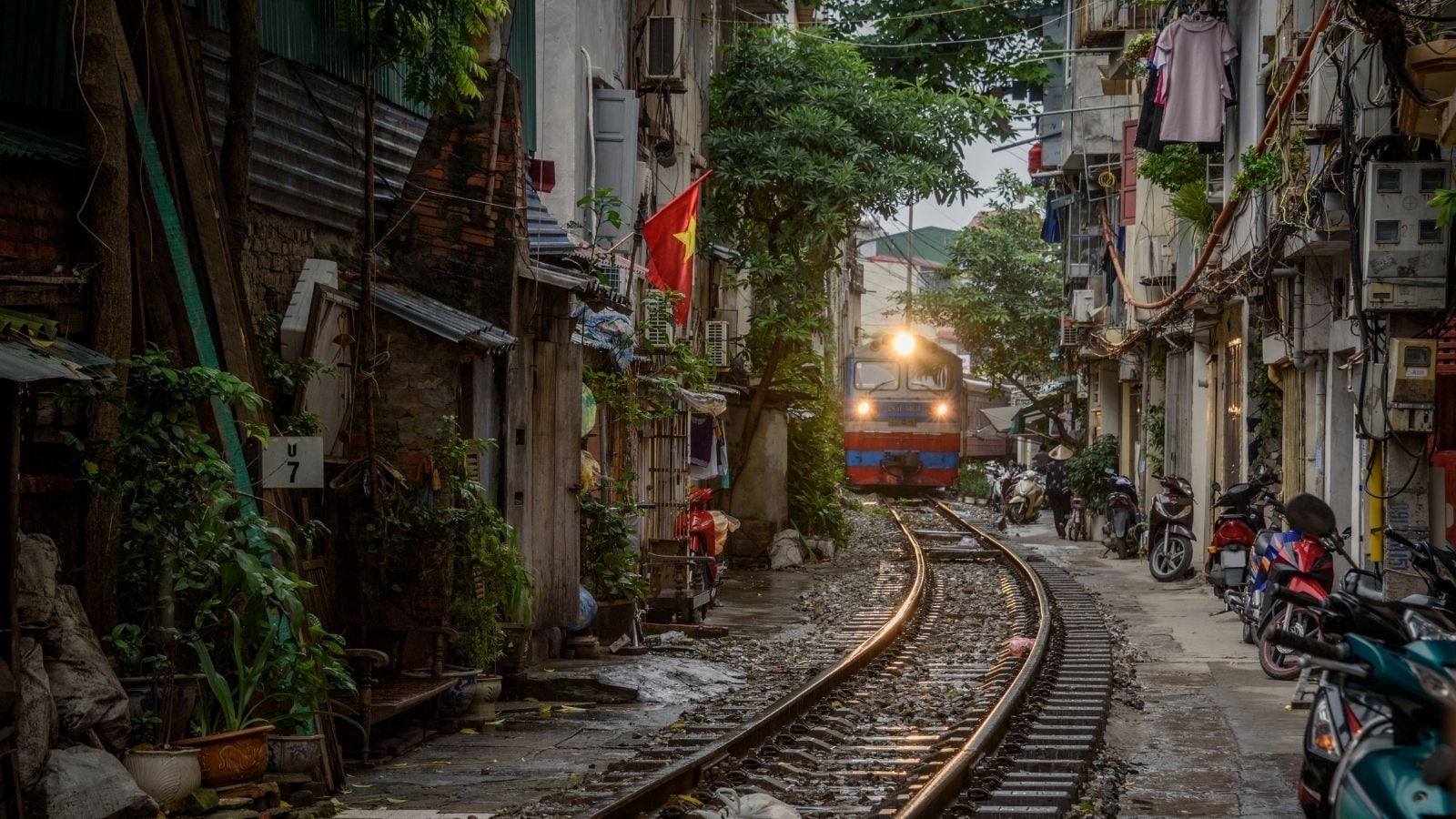
Do Other Countries Use the “X”? Globally, railways use different methods to mark the end of a train, depending on technology and infrastructure. (Image: Canva)
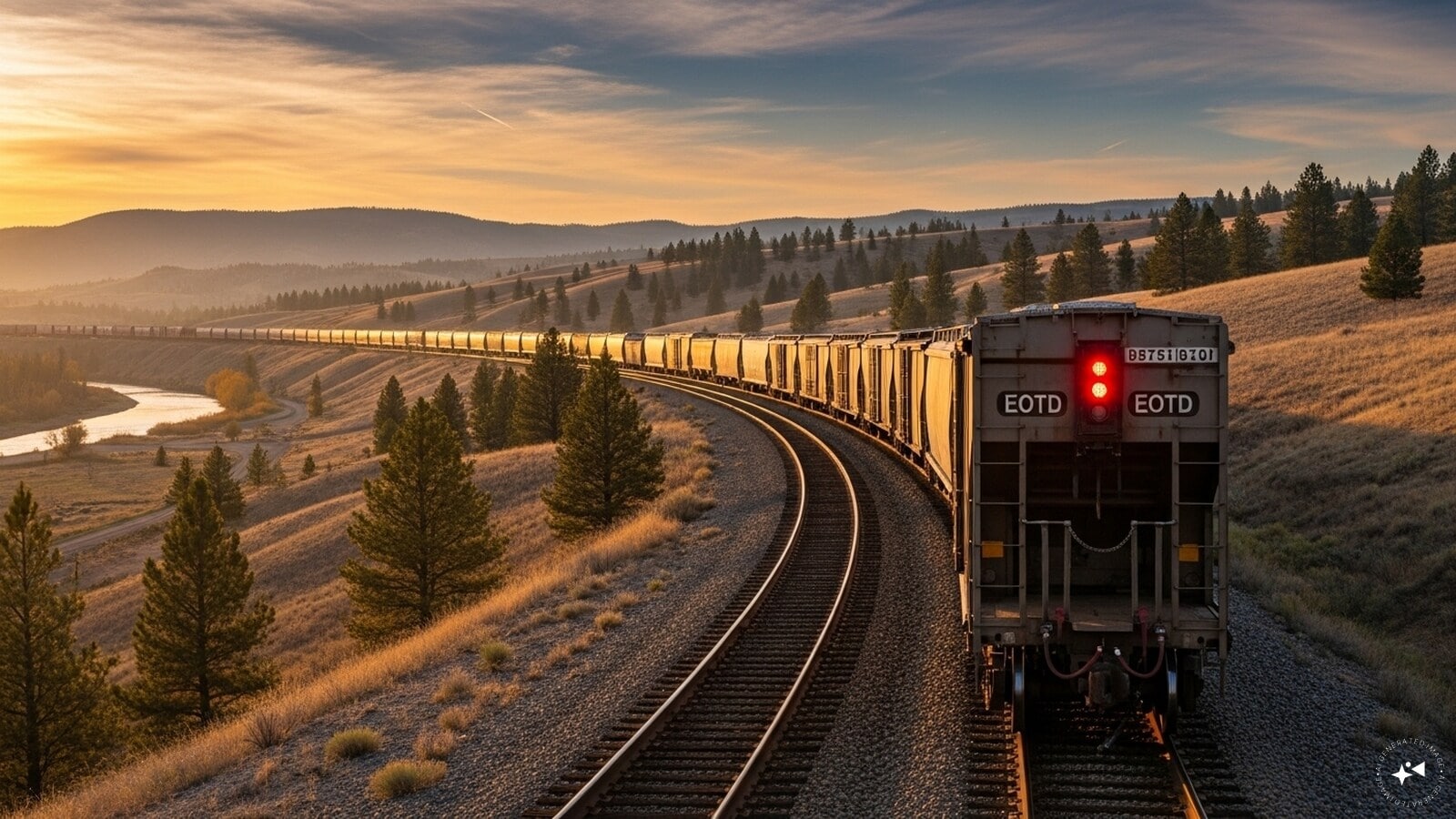
North America: Freight trains use Electronic End-of-Train Devices (EOTDs), also known as FREDs. These gadgets monitor brake pressure and flash a light to signal the train’s end. (Image: AI-Generated)
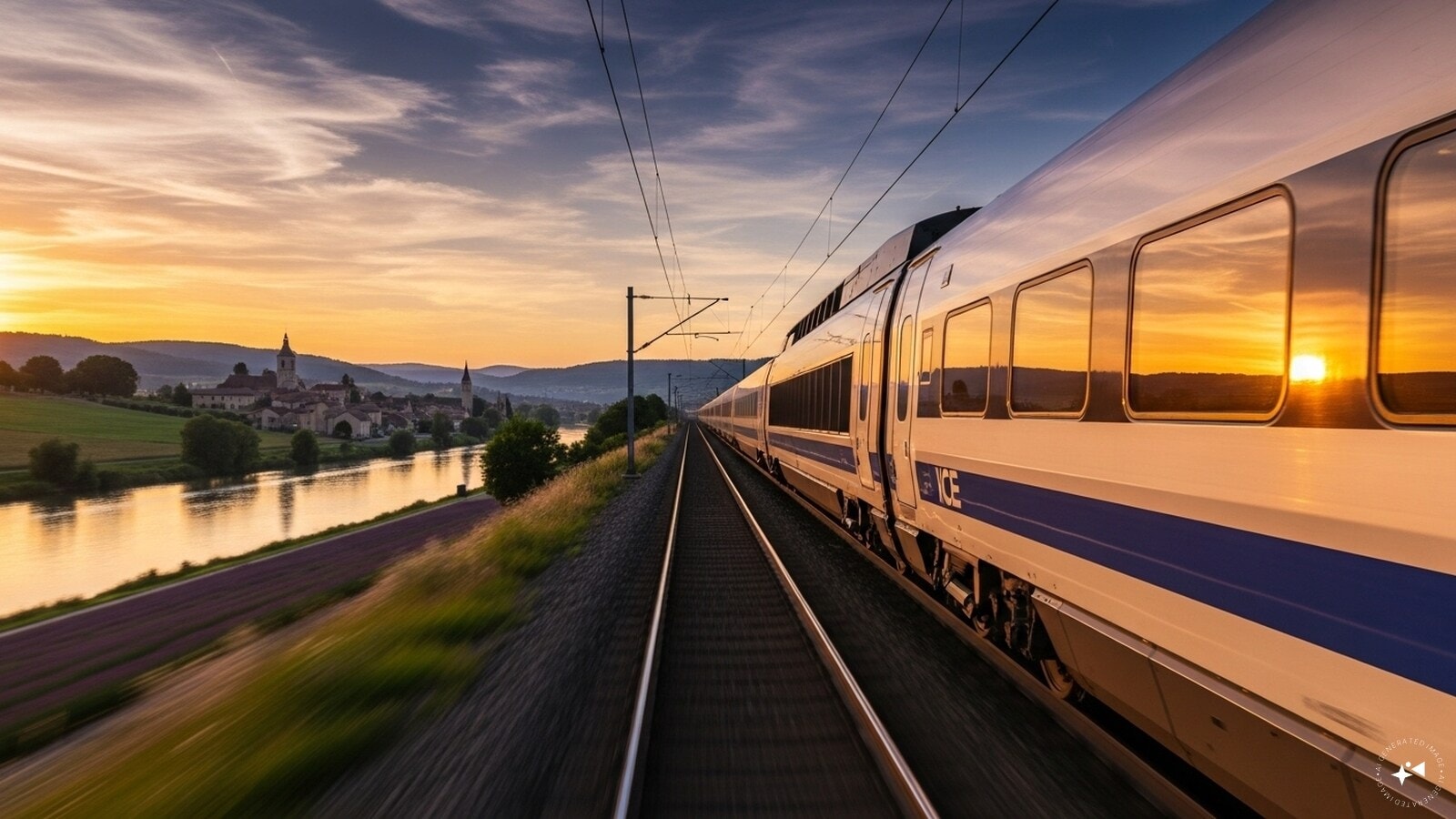
Europe: High-speed networks rely on systems like Axle Counters and the European Train Control System (ETCS), which electronically track train movement. (Image: AI-Generated)
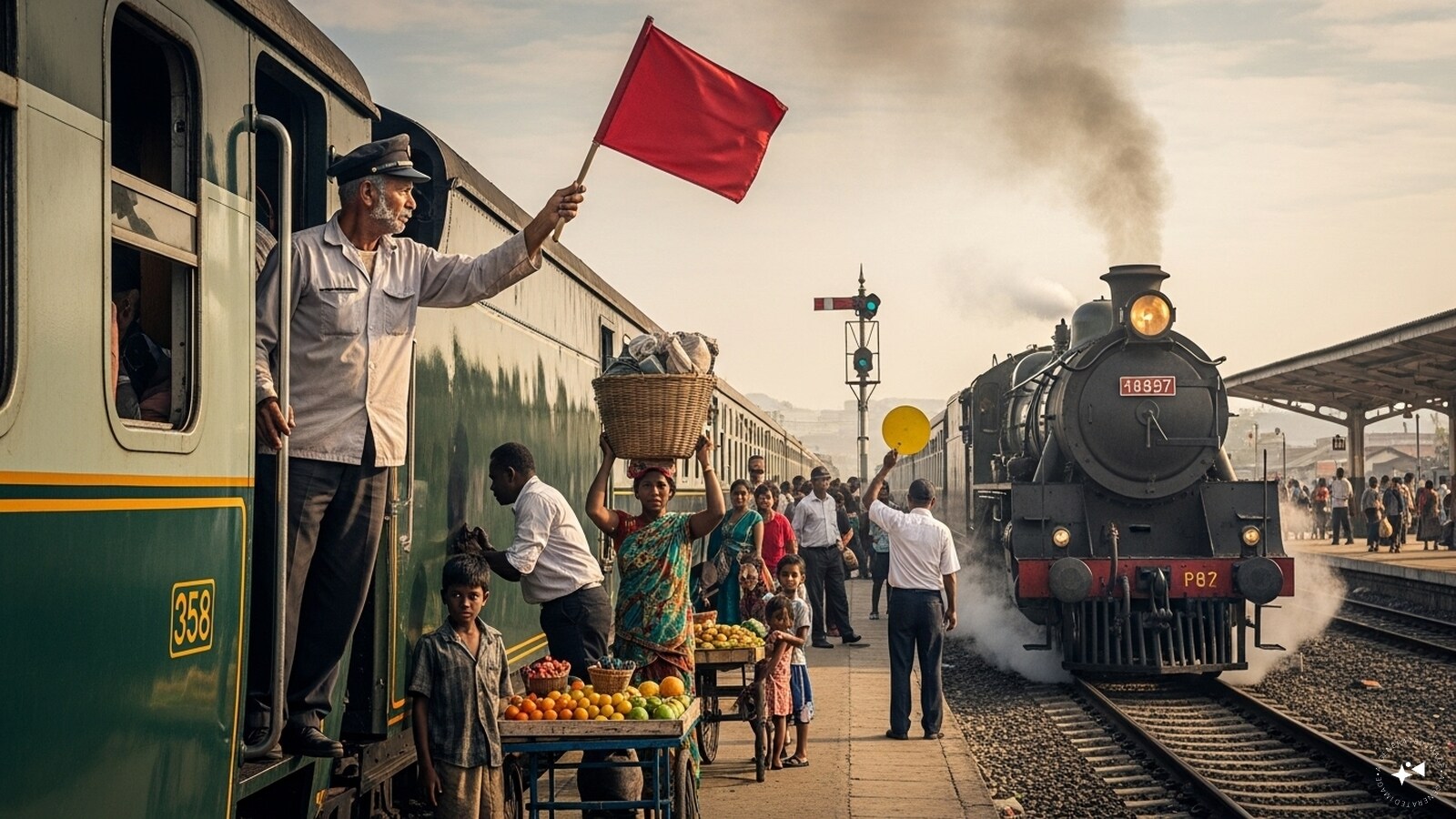
Developing Nations: Many still use visual cues like coloured flags, discs, or lamps—simple but effective methods similar to India’s “X.” (Image: AI-Generated)

